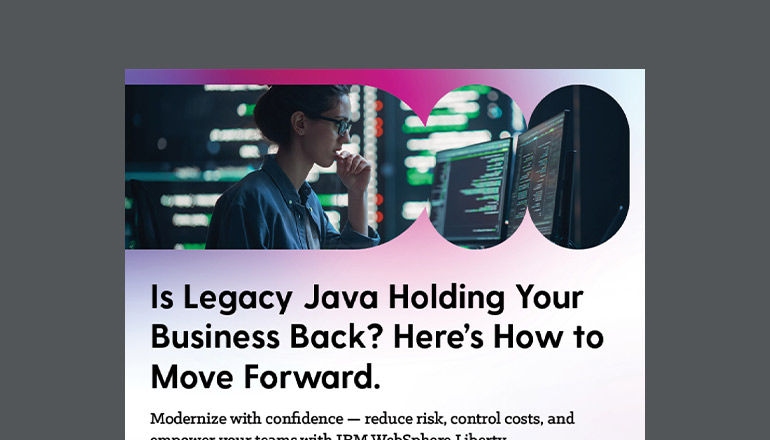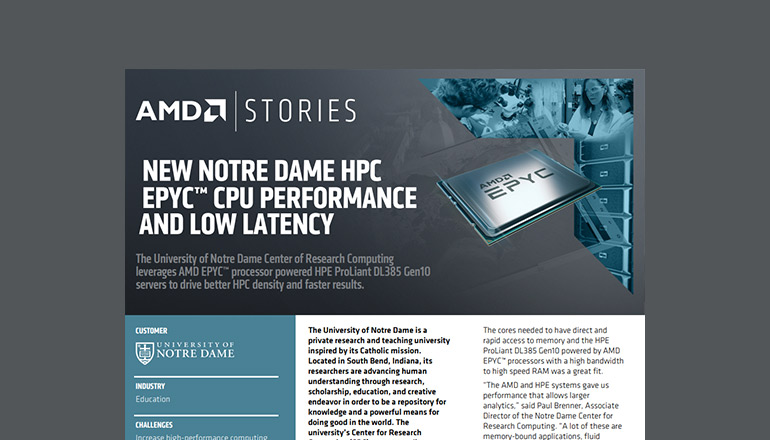Blog The Agile Approach: More Than Meets the Eye
If industry terms had a Top 40 playlist, “agility” would be approaching the number one spot. “Agile” is on everyone’s lips, but like many popular songs, there’s some misunderstanding of the lyrics. So let’s set the record straight about Agile and why it’s a number one hit.
By Mark Wavle / 16 Aug 2019 / Topics: Application development Software

What problem are we trying to solve?
Agile is usually thought of as a way to develop software, often thought of as synonymous with Scrum. And while Scrum can enable agility, there’s much more going on here than a set of practices.
Unlike the traditional Waterfall approach to development — which moves a project through a planned path — Agile embraces frequent feedback loops and incremental changes to nimbly adapt to new information, risks and uncertainties.
The critical questions for companies today are: What kind of problem are we trying to solve and what are the best ways to solve them?
When we’re trying to solve problems that are simple — known, stable issues with repeatable solutions — the traditional Waterfall approach of upfront scoping and planning is very effective and efficient. However, when our problems are complex — largely unknown, emerging issues with custom solutions — the Agile approach is the most effective and efficient.
My wife and I found this to be true the last time we bought a house. Having a background in business analysis, I put together a list of our requirements and proudly handed them to our agent. She showed us several houses that matched our requirements, but we found out none of them quite met our expectations. Based on what we experienced, we modified the requirements; the garage needed to be attached and the shower needed to be a walk-in, but we didn't end up caring as much about the location of the bedrooms as we thought we would.
Our agent showed us more homes, but they still didn't quite meet our expectations. Soon, we ran into another unexpected issue: The supply of this type of house in our market was low. So, our agent started showing us homes that didn't meet all of our stated needs. And one day, we walked into a house that didn't check all of our boxes but was exactly what we wanted. We bought it.
Your customers have the same problem we did: We didn't know exactly what was most valuable to us until we walked into it.
When human beings determine whether what we produce is valuable, there are a lot of unknown, emerging things to consider. In other words, our problem is complex.
For complex problems, the biggest risk of waste is efficiently building a product that’s ineffective for our customers. We need a way to discover and adapt to the things that are unknown and changing in our marketplaces, technology, customers and employees. Agile ways have a bias toward learning by building small and complete increments of product and getting feedback.
Agile is more than a way to develop software — it enables business agility.
Fast changes in technology and increasingly high expectations from end users has many businesses today frenzied to keep up. Because Agile encourages frequent feedback loops and a “learn fast” mantra, it’s an ideal framework to combat this harried environment.
Agile isn’t just developing a product or delivering software in an agile way — it’s being better as a nimble organization. “Agile transformation” is the broader perspective of helping an organization transform itself.
In my experience at Insight, it’s common for an organization to want our help in a very tactical way. We’re recognized as a valuable partner to help our clients deliver software products with Agile. They want us to help them implement a specific framework such as Scrum or Kanban.
But Agile is more than changing the way you work — it forces you to change the way you think. What we’re really trying to do is change the mindset and behaviors of every person within the organization to think and act in a more agile way so they can succeed in the midst of their complex, changing situation.
Agile embraces change, and change requires flexibility. From developers to the C-suite, people have to evolve their mindset about a lot of things in order to move to an Agile framework successfully.
That’s a huge culture shift.
Learning Agile takes more than course work.
An Agile Practitioner and student myself, I know Agile can’t be learned by study alone — it takes doing. That’s why at Insight, we put such emphasis on knowledge transfer and exposing our clients to the Agile journey right along with us. We aim to enable our clients to own their agility.
Forrester Research recognized that the best agile service providers become strategic partners by “accelerating clients’ adoption of Agile development tools and techniques” in “The Forrester Wave: Midsize Agile Software Development Service Providers, Q2 2019” report.
To this point, the report shared: “A solutions architect said that with his partner, Insight, ‘the conversation was about Agile from Day One.’”.
We know development teams experience an easier, more effective transition to Agile from traditional Waterfall methods when they can learn and experience Scrum in the same breath. We do this through customized training, embedded coaching and role-based mentoring — while also helping clients create a self-sustaining community of practice.
We have a number of Agile practitioners who work alongside client IT teams to support their Agile transformation. When a client sees us using Scrum, or when they participate in the journey with us through a blended Agile development team, they begin to see and understand a better way to work. What’s more, they see the value and effectiveness of the work and that’s exciting to me.




